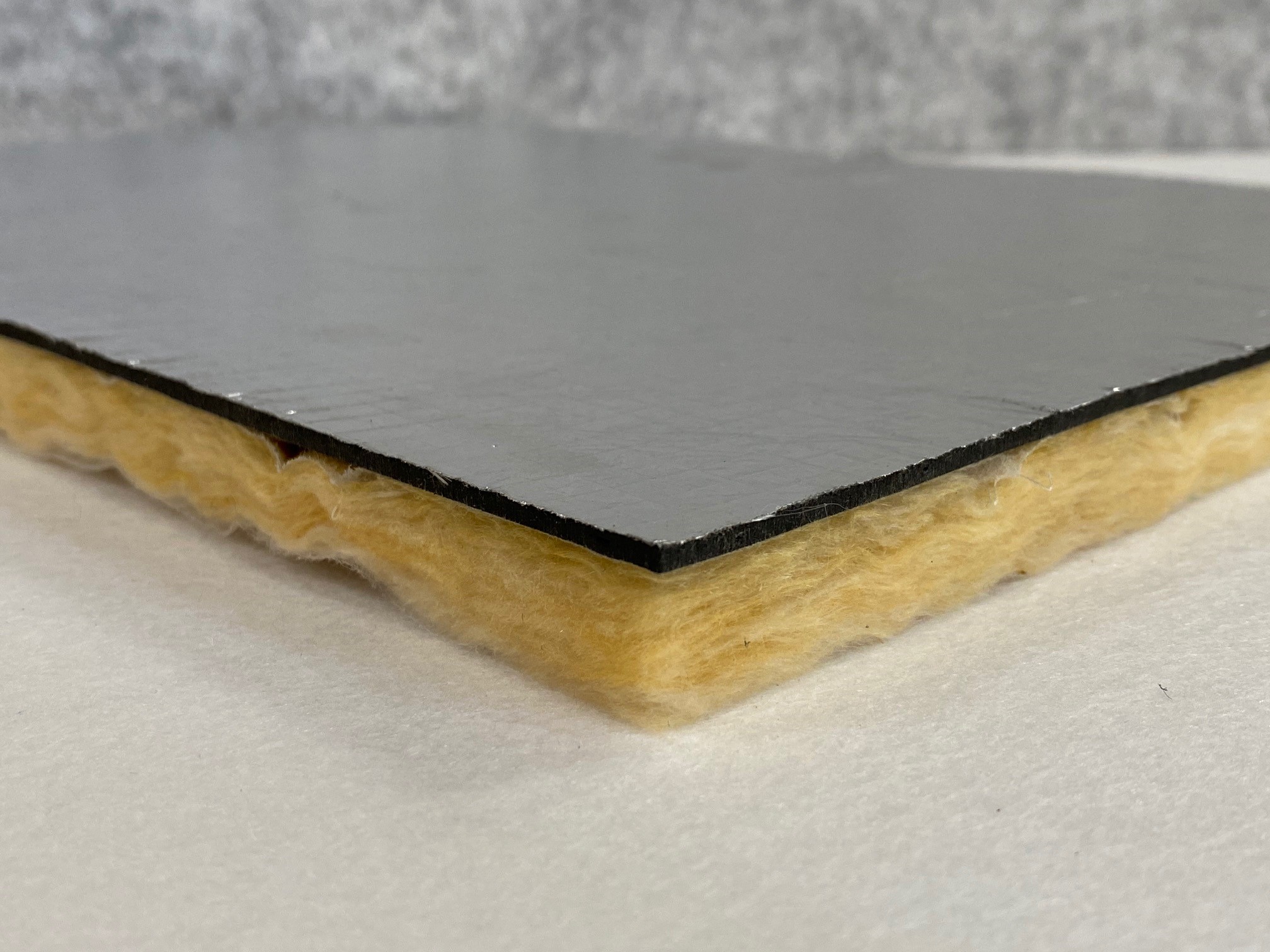There is a big difference between acoustic treatment and soundproofing, but many people often confuse acoustic treatments’ function with soundproofing space. Acoustic treatments are designed to improve the clarity of sound in a room and improve the sound quality by changing the dynamics of the sound waves. Most treatments work by absorbing sound. They also reduce echoes and reverberations in space. Soundproofing and isolation, on the other hand, means preventing the transfer of sound waves to the outside surrounding. They work by dampening the sound within a room. Therefore, good sound isolation requires constructing another wall that will enable air trapping in between the walls isolating. Thus, acoustic soundproofing panels are designed to perfectly absorb sound and dampen the sound hence restricting it from transferring or reaching outside the building. Art acoustic panels are the best example of acoustic soundproofing panels that are also used as decorations.
Components of Soundproof Panels
Acoustic soundproof panels are made of sound-absorbent material such as compressed mineral wool or foam. Unlike the action of sound-absorbing acoustic panels, soundproofing panels are designed to block any sound from outside, penetrating the room or sound within the room getting transferred out. The panels are made of heavy, dense, and durable material that ensures they last and are of good quality—examples of spaces in which acoustic soundproofing panels can be used include.
- Auditoriums-to improves the clarity of speech and reduces background disturbances by reducing the echoes.
- Condos-acoustic soundproofing panels ensure privacy in condos.
- Dance studios-soundproofing panels prevent noise from the dance studios from reaching outside, minimizing echoes and improving music quality, making it more enjoyable and balanced.
- Hotels-Acoustic soundproofing panels are essential in hotels since they reduce the chances of noise complaints by providing the hotel guests with quiet and serene environments.
- Library- are fitted with acoustic soundproof panels to help minimize outside distractions.
Soundproofing a room and the acoustic treatment of a room are very different. Soundproofing is more complicated and involves specific types of elements. Soundproofing uses heavier material and consists of building a smaller room within a larger room space. The room is then filled with an acoustic sound absorbent material that seals up the space preventing any sound penetration.
Conclusion
Acoustic soundproofing panels are types of acoustic treatments that are designed to protect or prevent sound from the occupant’s premises from reaching outside. They also create calm environments since they can also absorb sound from outdoors hence minimizing the pollution levels. Some spaces always need soundproofing to prevent sound from the room affecting people in other rooms. Others need to ensure that the areas are private and that whatever is discussed inside does not reach outside. Both acoustic treatment and soundproofing are required to achieve a fully soundproof room and yet still prevent noise pollution from outside.

